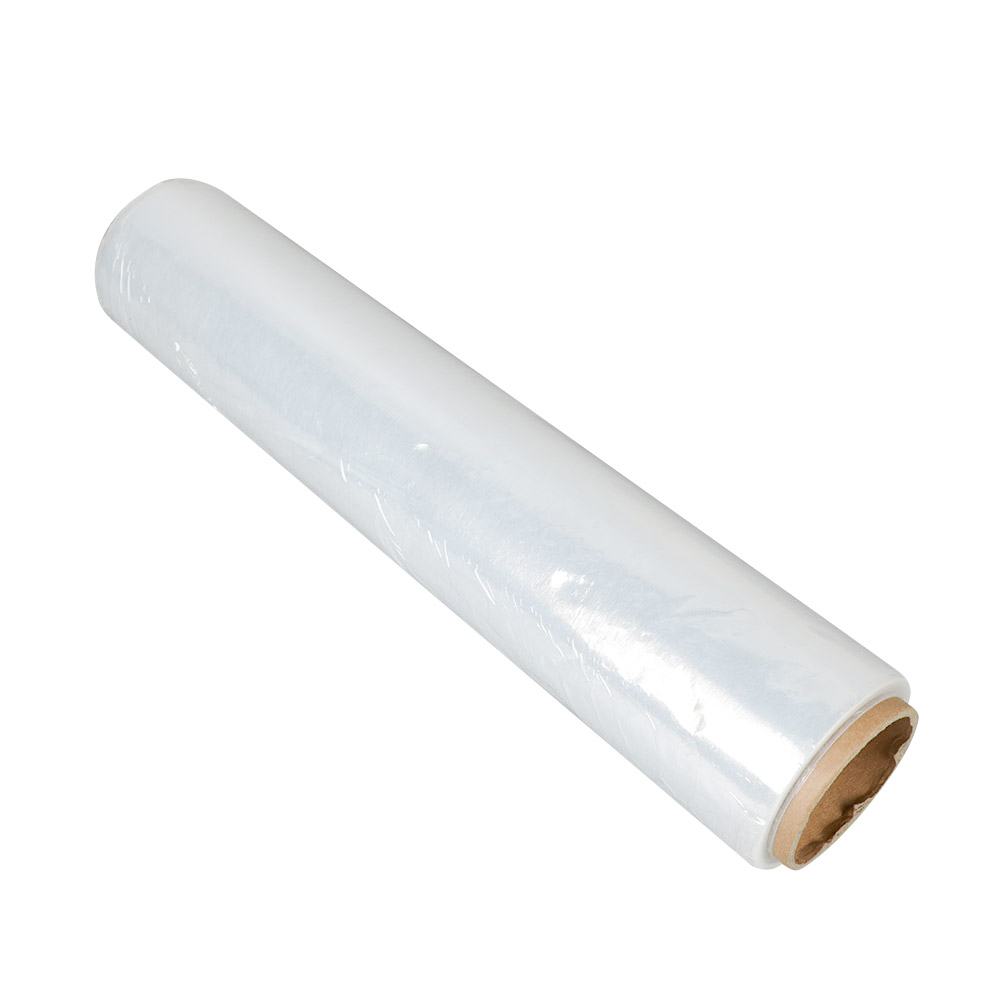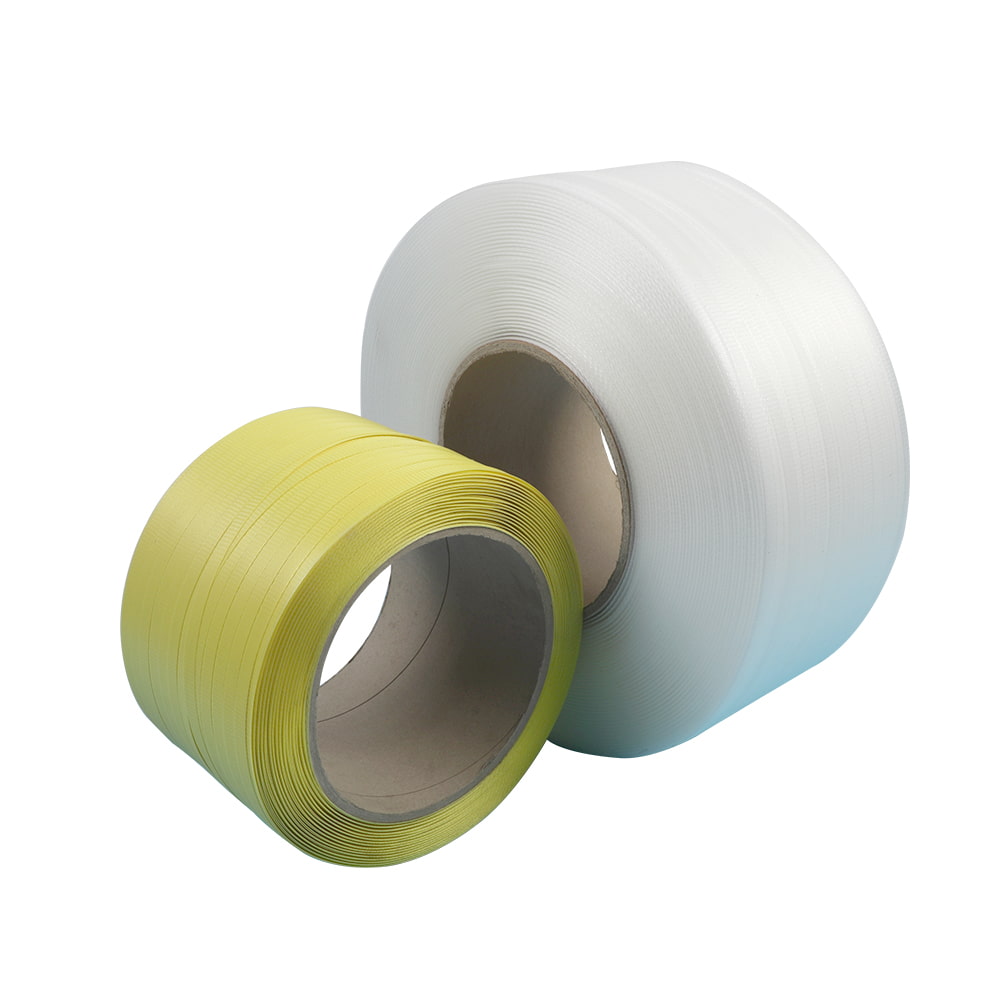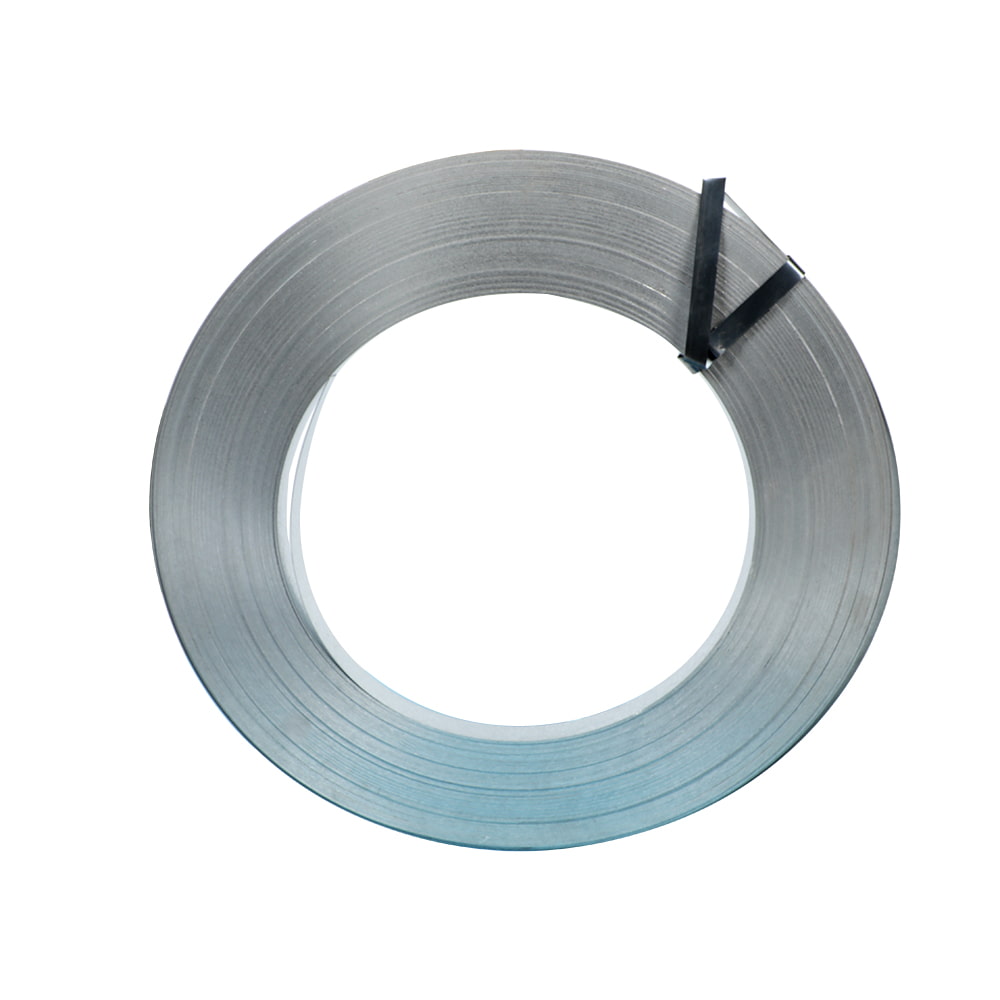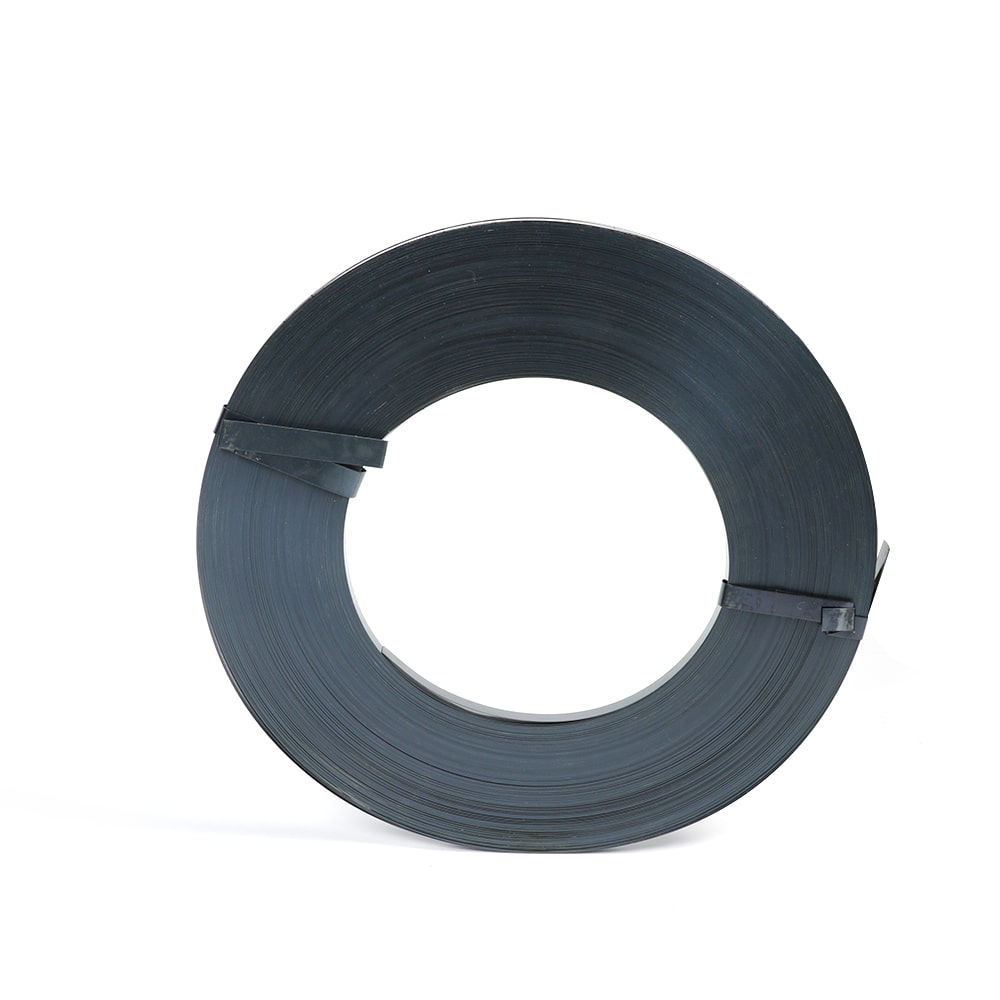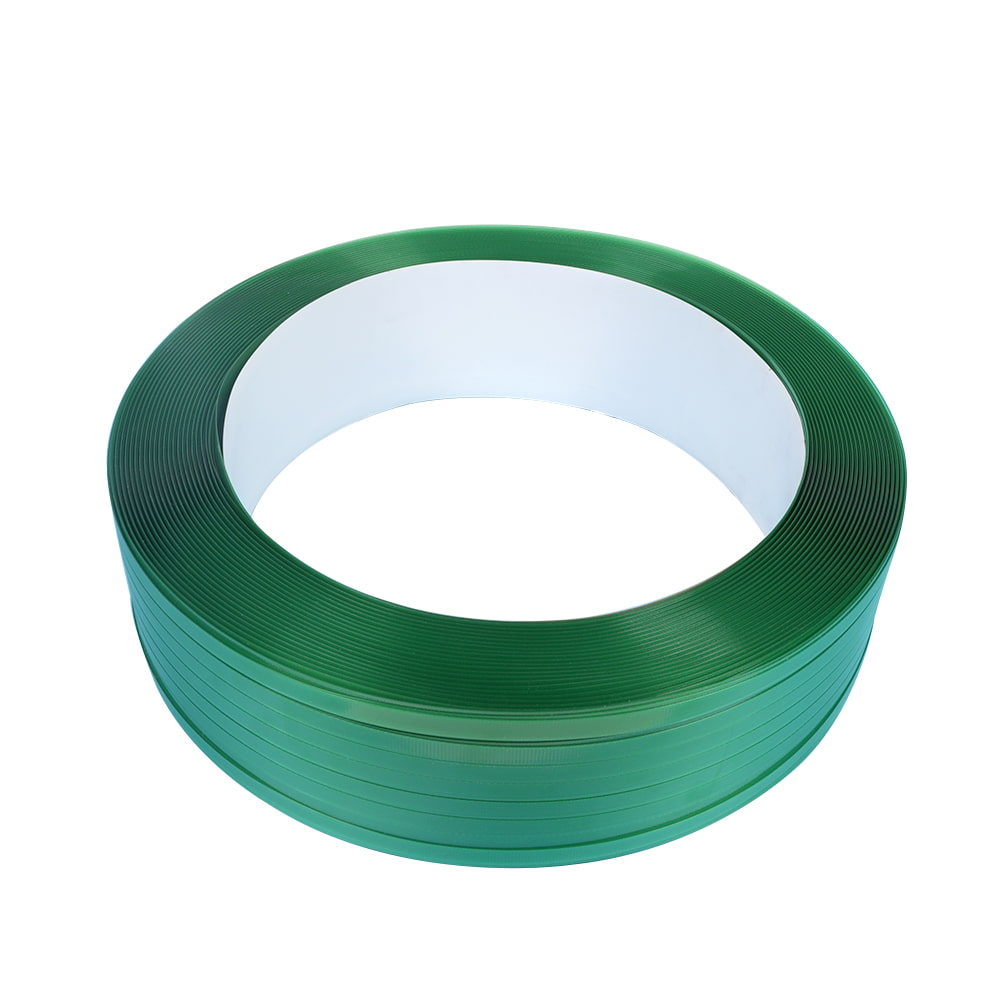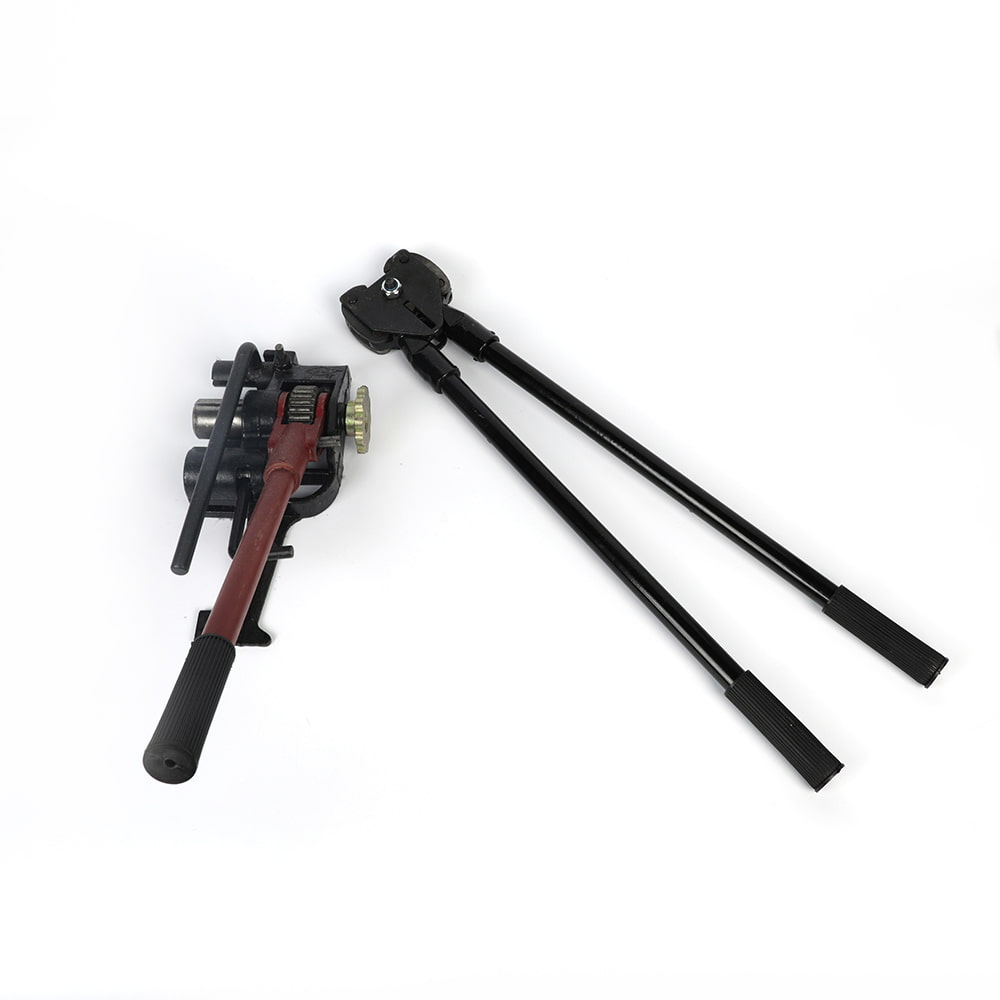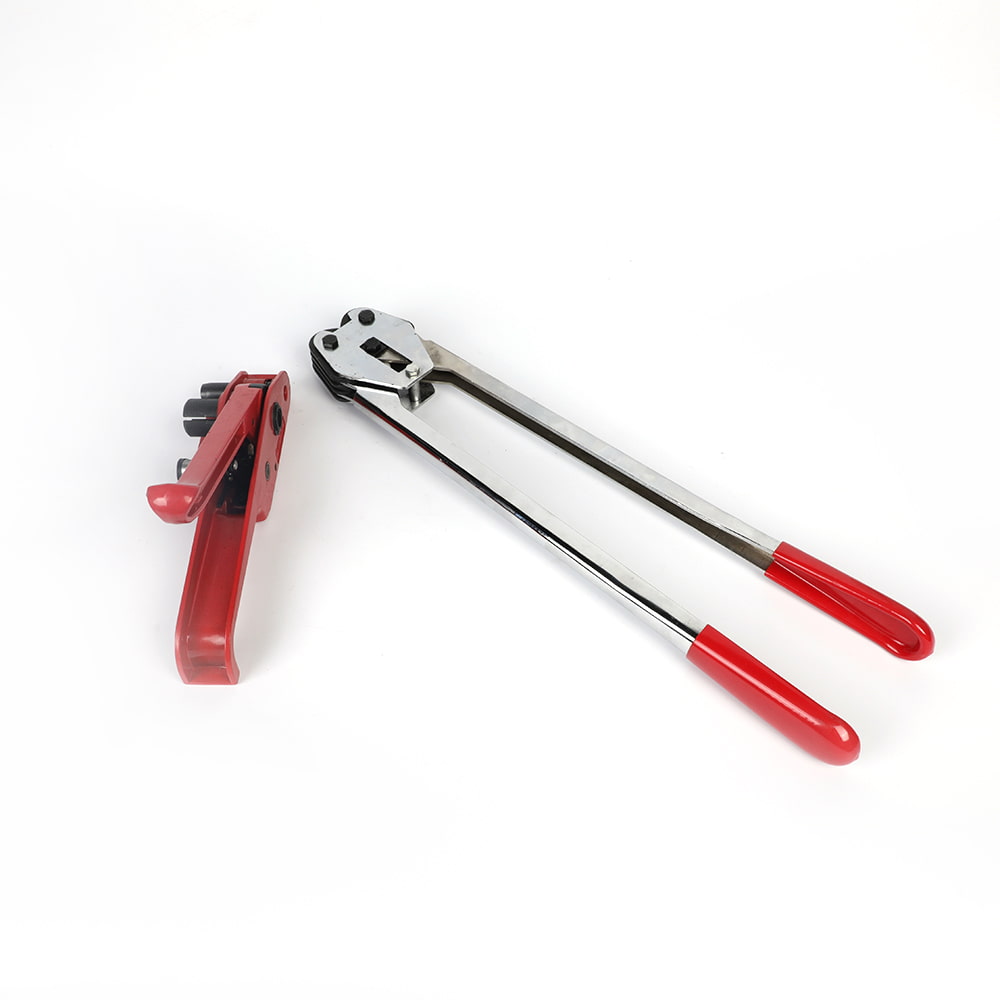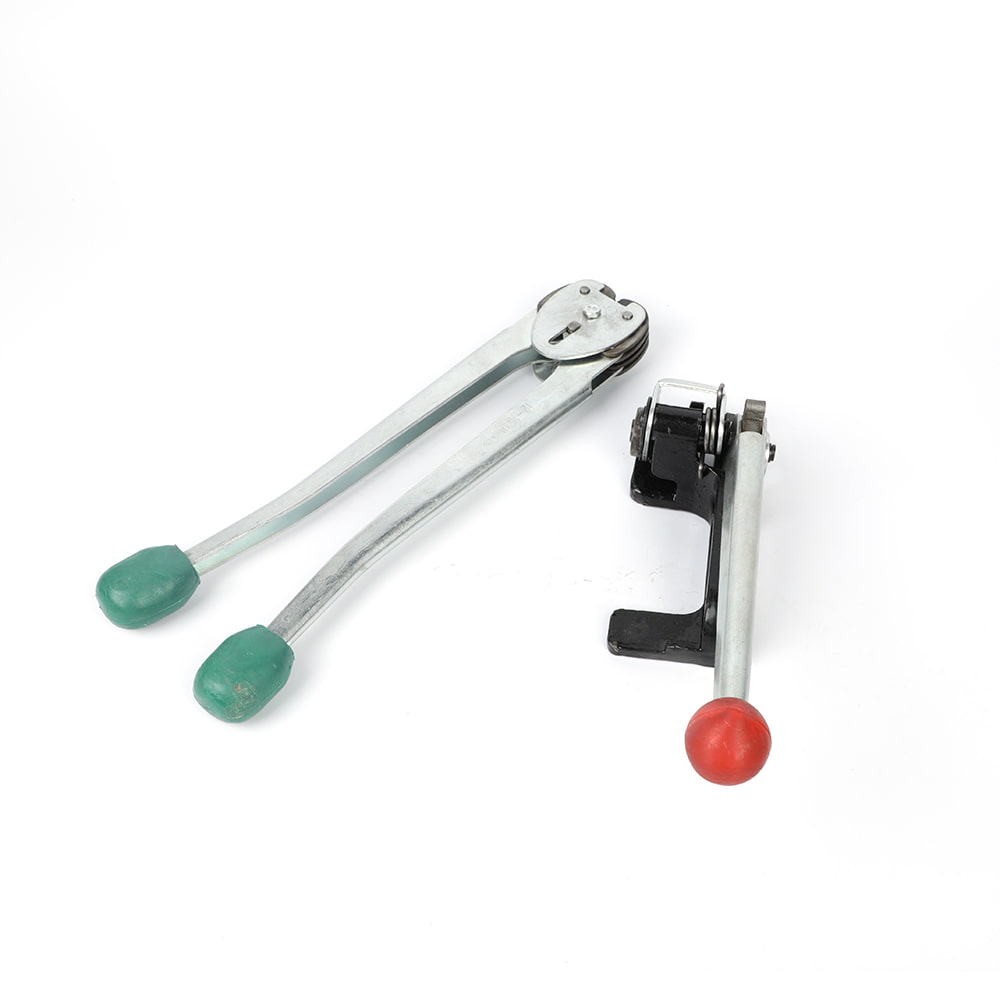Steel Strapping vs. Alternative Materials: A Comparative Analysis
Author:admin Date:2023-12-07
Steel strapping and alternative materials, such as polyester (PET) and polypropylene (PP), are commonly used for bundling, packaging, and securing loads in various industries. Each material has its own set of characteristics, advantages, and disadvantages. Let's conduct a comparative analysis of steel strapping, polyester strapping, and polypropylene strapping:
1. Strength and Durability:
Steel Strapping:
Strength: Steel strapping is known for its high tensile strength, making it suitable for heavy-duty applications.
Durability: Resistant to UV radiation and weathering, providing long-term durability.
Polyester Strapping:
Strength: High tensile strength comparable to steel strapping.
Durability: Excellent resistance to rust and corrosion, making it suitable for outdoor use.
Polypropylene Strapping:
Strength: Lower tensile strength compared to steel and polyester.
Durability: Susceptible to UV degradation, less suitable for prolonged outdoor exposure.
2. Elongation and Flexibility:
Steel Strapping:
Elongation: Minimal elongation, providing stability during transportation.
Flexibility: Less flexible than alternative materials.
Polyester Strapping:
Elongation: Higher elongation than steel, providing some flexibility without losing strength.
Flexibility: More flexible than steel, making it suitable for irregularly shaped loads.
Polypropylene Strapping:
Elongation: Considerably higher elongation compared to steel and polyester.
Flexibility: Very flexible, suitable for light to medium-duty applications.
3. Safety and Handling:
Steel Strapping:
Safety: Can have sharp edges, posing injury risks during handling.
Handling: Requires caution during installation to prevent injuries.
Polyester Strapping:
Safety: Rounded edges reduce the risk of injuries during handling.
Handling: Safer to handle than steel strapping.
Polypropylene Strapping:
Safety: Generally considered safe due to its flexibility and lack of sharp edges.
Handling: Easy and safe to handle, reducing the risk of injuries.
4. Cost:
Steel Strapping:
Generally more expensive than alternative materials.
Cost-effective for heavy-duty applications with high strength requirements.
Polyester Strapping:
Moderate cost, providing a balance between strength and affordability.
Often chosen for medium to heavy-duty applications.
Polypropylene Strapping:
Economical and cost-effective, making it suitable for light to medium-duty applications.
Offers good value for applications with lower strength requirements.
5. Environmental Impact:
Steel Strapping:
Recyclable, but the production process has a higher environmental impact.
Polyester Strapping:
Recyclable and, in some cases, made from recycled materials.
Considered more environmentally friendly than steel.
Polypropylene Strapping:
Recyclable and lightweight.
Generally considered environmentally friendly.
Conclusion:
Steel Strapping:
Ideal for heavy-duty applications with high strength requirements.
Polyester Strapping:
Offers a good balance between strength, flexibility, and cost.
Polypropylene Strapping:
Economical and suitable for light to medium-duty applications.
Ultimately, the choice between steel strapping and alternative materials depends on the specific needs of the application, including load requirements, handling considerations, and budget constraints. Each material has its own advantages, and the optimal choice should be based on a thorough analysis of these factors.
1. Strength and Durability:
Steel Strapping:
Strength: Steel strapping is known for its high tensile strength, making it suitable for heavy-duty applications.
Durability: Resistant to UV radiation and weathering, providing long-term durability.
Polyester Strapping:
Strength: High tensile strength comparable to steel strapping.
Durability: Excellent resistance to rust and corrosion, making it suitable for outdoor use.
Polypropylene Strapping:
Strength: Lower tensile strength compared to steel and polyester.
Durability: Susceptible to UV degradation, less suitable for prolonged outdoor exposure.
2. Elongation and Flexibility:
Steel Strapping:
Elongation: Minimal elongation, providing stability during transportation.
Flexibility: Less flexible than alternative materials.
Polyester Strapping:
Elongation: Higher elongation than steel, providing some flexibility without losing strength.
Flexibility: More flexible than steel, making it suitable for irregularly shaped loads.
Polypropylene Strapping:
Elongation: Considerably higher elongation compared to steel and polyester.
Flexibility: Very flexible, suitable for light to medium-duty applications.
3. Safety and Handling:
Steel Strapping:
Safety: Can have sharp edges, posing injury risks during handling.
Handling: Requires caution during installation to prevent injuries.
Polyester Strapping:
Safety: Rounded edges reduce the risk of injuries during handling.
Handling: Safer to handle than steel strapping.
Polypropylene Strapping:
Safety: Generally considered safe due to its flexibility and lack of sharp edges.
Handling: Easy and safe to handle, reducing the risk of injuries.
4. Cost:
Steel Strapping:
Generally more expensive than alternative materials.
Cost-effective for heavy-duty applications with high strength requirements.
Polyester Strapping:
Moderate cost, providing a balance between strength and affordability.
Often chosen for medium to heavy-duty applications.
Polypropylene Strapping:
Economical and cost-effective, making it suitable for light to medium-duty applications.
Offers good value for applications with lower strength requirements.
5. Environmental Impact:
Steel Strapping:
Recyclable, but the production process has a higher environmental impact.
Polyester Strapping:
Recyclable and, in some cases, made from recycled materials.
Considered more environmentally friendly than steel.
Polypropylene Strapping:
Recyclable and lightweight.
Generally considered environmentally friendly.
Conclusion:
Steel Strapping:
Ideal for heavy-duty applications with high strength requirements.
Polyester Strapping:
Offers a good balance between strength, flexibility, and cost.
Polypropylene Strapping:
Economical and suitable for light to medium-duty applications.
Ultimately, the choice between steel strapping and alternative materials depends on the specific needs of the application, including load requirements, handling considerations, and budget constraints. Each material has its own advantages, and the optimal choice should be based on a thorough analysis of these factors.

 EN
EN 
 English
English 中文简体
中文简体

